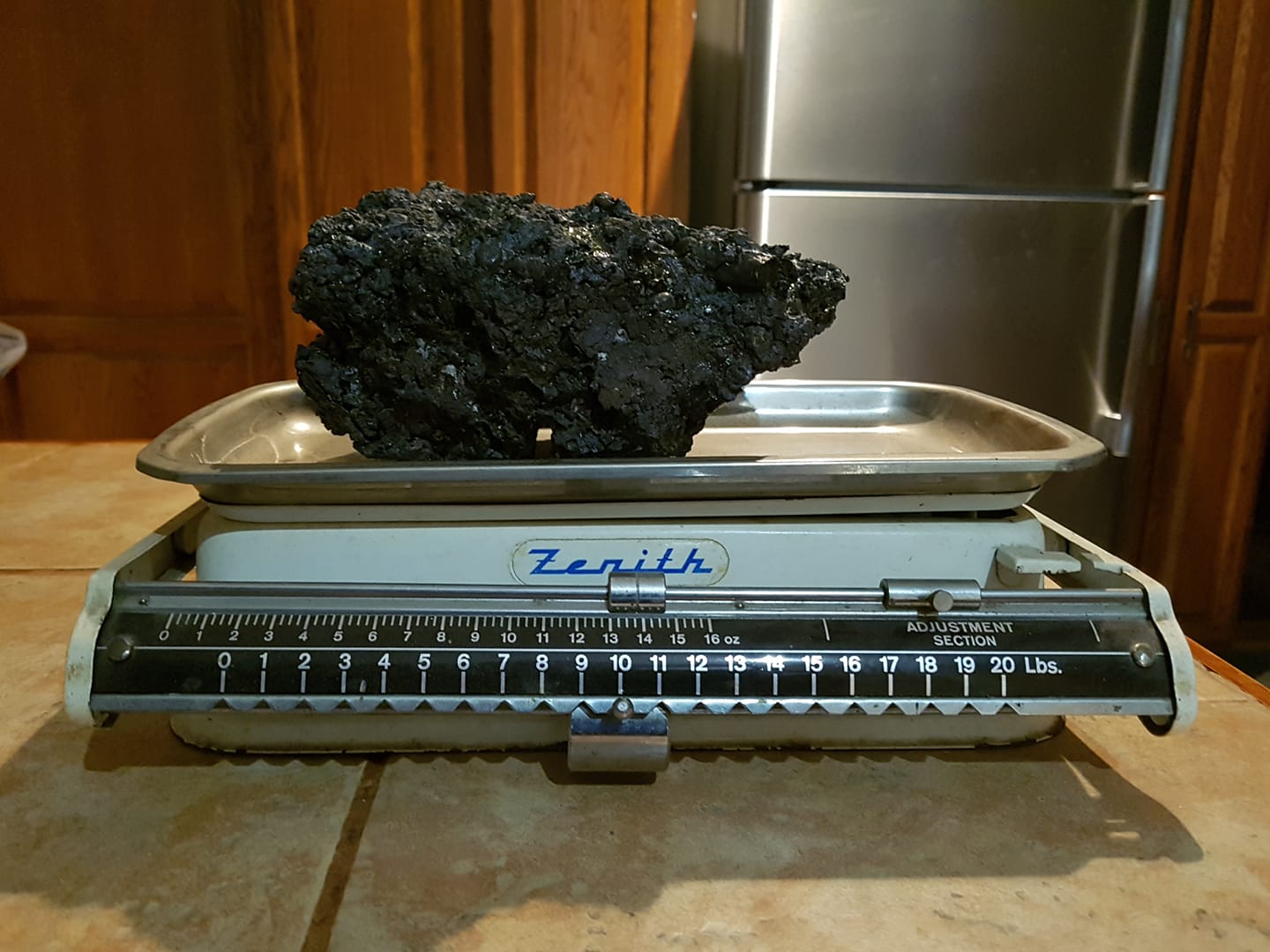Furnace Layout - note variations from a 'theoretical' build
Iron Smelt at CAMELOT : Demonstration
September 14 & 16 - 2018
St Jerome's University - Waterloo
Smelt Team:
Sarah Johnston & Hayley Ellis (of St Jerome's)
'Gus' Gissing, Tyler Hickey
Smelt Master : Darrell Markewitz
My close friend and regular iron smelting partner, Neil Peterson,
had long organized an event called Forward
Into the Past. I had been a regular contributing lecturer
and session leader over the 27 year history. (1)
Starting in 2018, the concept of on day conference format,
bringing serious 'armature' / independent researchers together
with senior students and academics was taken up by St Jerome's
University of Waterloo ON.
I had early on offered to undertake a full bloomery iron
smelt demonstration at the new CAMELOT
conference to help kick off this new series.
The full demonstration included two days, with a full day build
and set up undertaken on Friday, September 14. My old friend and
'apprentice' Gus Gissing proved of immense help for the
build. Neil Peterson came by later that afternoon, so was
able to provide some photography of that process.
Because this smelt was intended as a full public demonstration, as
well as a potential teaching segment for St Jerome's students, a
standard 'Norse short shaft' furnace was constructed :
Furnace Layout - note variations from a 'theoretical' build
- Clay Cobb Construction : the usual mix of equal amounts
(by volume) of powdered clay, rough sand, and shredded horse
manure.
- Overall size : 25+ cm ID / 65 cm + tall
- Tuyere : forged copper - with ID at 20 mm (tapers to tip)
- Tuyere Set : roughly 20 + cm above base, at 22 degrees down, 5
cm proud of interior wall.
- Furnace constructed on a base plinth of standard concrete
blocks, the central space filled with charcoal fines.
The full build is described as a separate article on the blog - HERE
(2)
- 22.5 kg red iron oxide powder (Fe2O3)
- 2.5 kg whole wheat flour (10%)
- 2.65 kg collected forge scale as enrichment (roughly 10 % Fe3O4)
(3)
Because of the small team - almost all who had never seen (much
less participated) in an iron smelt before, there was a bit more
chaos than normal here at Wareham. Additionally, the demands of
explaining the process to the public would greatly reduce any
photography by the working team (especially myself). (4)

Tyler and Hayley breaking ore to suitable sizes,
Sarah maintains the wood splint pre-heat.

The passive display - showing materials, remains, and process.
For this smelt, the totals were :
- ore = 30.6 kg
- charcoal = 51 kg
- time = 5 3/4 hours, to extraction (another 2 hours on pre-heat)
The full smelt data is available HERE
